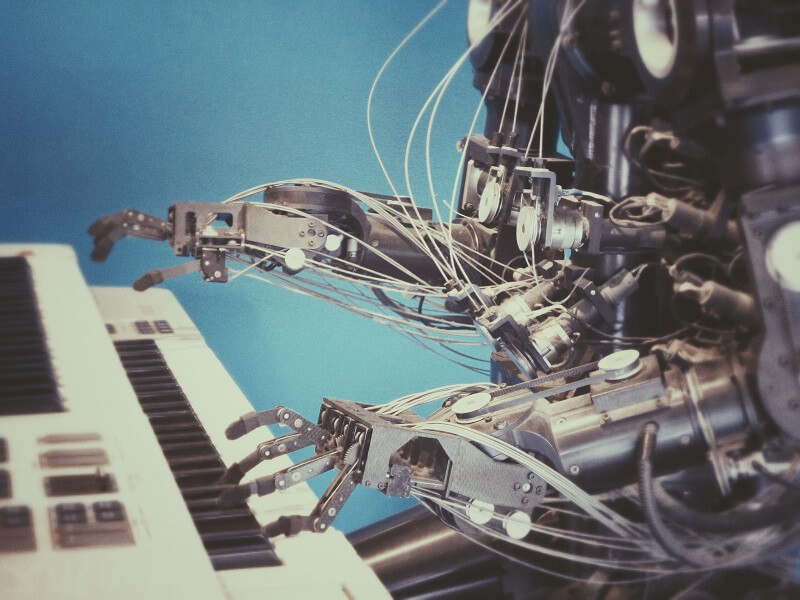
The intersection of artificial intelligence (AI) and cybersecurity has revolutionized the way organizations protect their digital assets from evolving threats. With the proliferation of sophisticated cyberattacks, traditional security measures are no longer sufficient, leading to the integration of AI-driven solutions for enhanced threat detection and response. Leveraging AI algorithms, cybersecurity professionals can analyze vast amounts of data in real-time to identify anomalous behavior and potential security breaches. This proactive approach enables organizations to detect and mitigate threats before they escalate, minimizing the risk of data breaches and financial losses.
Enhanced Threat Detection with AI
AI-powered threat detection systems utilize machine learning algorithms to identify patterns indicative of cyber threats, such as malware, phishing attempts, and unauthorized access. By continuously learning from new data and adapting to emerging threats, AI-driven solutions can provide more accurate and timely threat intelligence, allowing organizations to stay one step ahead of cybercriminals. Furthermore, AI enhances the efficiency of security operations by automating repetitive tasks, enabling cybersecurity teams to focus on more complex threat mitigation strategies. As cyber threats become increasingly sophisticated, AI-driven threat detection plays a crucial role in safeguarding digital assets and preserving the integrity of organizational networks.
Predictive Analytics for Risk Management
Predictive analytics, powered by AI, enables organizations to forecast potential cybersecurity risks based on historical data, user behavior, and system vulnerabilities. By analyzing various risk factors, predictive analytics can identify areas of vulnerability and prioritize security measures to mitigate potential threats. This proactive approach to risk management allows organizations to allocate resources effectively and implement preventive measures to reduce the likelihood of security incidents. Additionally, predictive analytics can help organizations anticipate future cyber threats and develop proactive strategies to strengthen their cybersecurity posture over time.
Automated Incident Response
AI-driven incident response systems automate the detection, analysis, and containment of security incidents, allowing organizations to respond rapidly to cyber threats. By leveraging AI algorithms to correlate security events and assess their severity, these systems can take immediate action to mitigate the impact of security breaches, minimizing downtime, data loss, and reputational damage. Furthermore, these automated systems adapt to evolving threats in real time, ensuring organizational resilience. Integrating these systems with reputable emergency incident response services can further enhance their effectiveness by ensuring structured reporting and prompt communication of critical information to stakeholders. This combination of rapid response capability with expert human oversight can provide a comprehensive strategy, blending for a more robust approach to managing cyber threats.
Continuous Security Monitoring
AI-powered security monitoring solutions enable organizations to monitor their digital assets continuously for suspicious activities and potential security vulnerabilities. By analyzing network traffic, user behavior, and system logs in real-time, AI-driven security monitoring systems can detect unauthorized access attempts, insider threats, and other security incidents proactively. This continuous monitoring capability provides organizations with greater visibility into their IT infrastructure, allowing them to identify and remediate security issues promptly. Furthermore, AI-driven security monitoring systems can generate actionable insights and recommendations to help organizations strengthen their cybersecurity defenses and prevent future security incidents.
Conclusion
In conclusion, the integration of AI and cybersecurity is essential for safeguarding digital assets in an increasingly complex threat landscape. By leveraging AI-driven solutions for threat detection, predictive analytics, automated incident response, and continuous security monitoring, organizations can enhance their cybersecurity posture and mitigate the risk of cyberattacks. However, it is important to recognize that AI is not a panacea for all cybersecurity challenges and must be complemented by human expertise and proactive security measures. By embracing AI technologies and adopting a proactive approach to cybersecurity, organizations can stay ahead of cyber threats and protect their digital assets effectively.